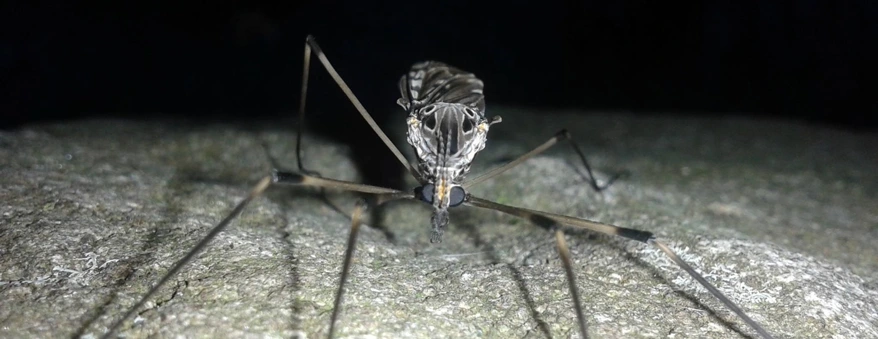

I do it pretty much the same as you actually! It’s always kinda hard to tell what other people are doing though. Since my instance is kinda small, I barely see a tiny fraction of whatever total boosts/favorites a post has unless i click through to the orignal.


This, 100%